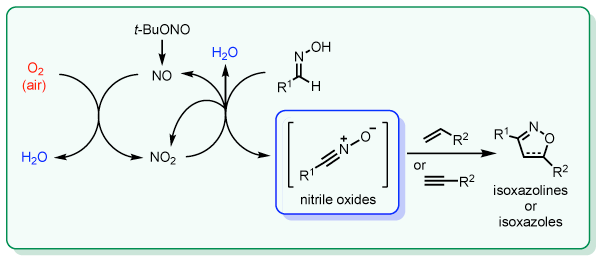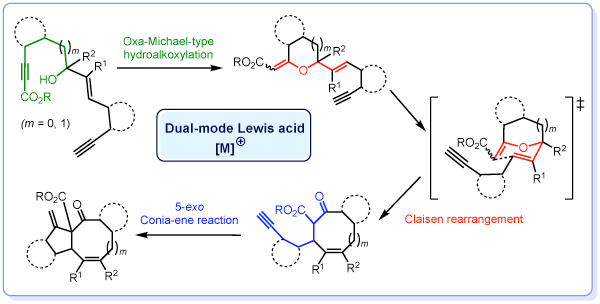Department of Advanced SciencesDivision of Probe Chemistry for Disease Analysis
Staff
-
 Associate Professor
Associate ProfessorMasahiko Uchiyama
Uchiyama Lab : link
-
 Associate Professor
Associate ProfessorYoji Kitamura
-
 Assistant Professor
Assistant ProfessorTakashi Kozaka
Aim and Research topics
In the field of Probe Chemistry for Disease Analysis, we are conducting research to establish early diagnosis methods and methods to determine the efficacy of treatment by early treatment by developing radioactive probes that visualize changes in nerve function based on the mechanisms of higher brain functional diseases. We are also conducting research on the development of radioactive probes capable of differential diagnosis based on the type and characteristics of cancer. In organic synthetic chemistry, which forms the basis for the development of probes, we are also conducting research on the development of practical and environmentally friendly oxidative reactions and new synthetic methods utilizing the properties of metal catalysts such as copper and zinc.
Visualization study of changes in cranial nerve function for diagnosis of stress-related disorders
Sigma (σ) receptors are closely related to stress as well as memory and learning, and are believed to have anxiolytic, stress-relieving, and neuroprotective effects. In the process of developing the acetylcholine transporter (VAChT) probe, we discovered a compound with high affinity for the sigma receptor, and found that the affinity of the compound is tens of times higher than that of conventional sigma receptor ligands. Based on this new compound, we are currently conducting research to discover new compounds with even higher specific affinity by devising the types and positions of functional groups to be introduced through structure-activity relationship studies. We have developed radioiodine-labeled (+)-para-iodovesamicol [(+)-PIV] for SPECT and (+)-[11C]para-methyliodovesamicol [(+)-[11C]PMV] for PET, which have been shown to have high affinity for the sigma receptor in vivo and We have shown that it binds selectively and with high affinity. In the future, we plan to investigate changes in sigma receptors using animal models of stress.
Development of an Environmentally Harmonious Nitrile Oxide Generation Method Using Catalytic Oxygen Oxidation
Nitrile oxide, a type of 1,3-dipole, is generally prepared by oxidation of aldoxime or other methods due to its high reactivity. We are conducting research to develop an economical and environmentally friendly oxidation method that uses oxygen (air) as the terminal oxidant. We have found a new method to react aldoxime with a catalytic amount of alkyl nitrite in air in the presence of alkyne, and are in the process of further improving this method.

Development of a new method for constructing a medium-cyclic compound using cascade-type reactions
To develop new and efficient synthetic methods for medium-cyclic compounds, which are generally considered difficult to synthesize, we are studying three successive cyclization reactions (cascade cyclization reactions) induced by a single metal catalyst. To date, we have demonstrated that microwave heating of a model substrate, a hydroxyenediyne-type compound, together with a zinc Lewis acid catalyst, allows the construction of a fused skeleton of a medium-sized ring and a five-membered ring in a single step. Further studies are underway to improve the efficiency of the catalyst.

